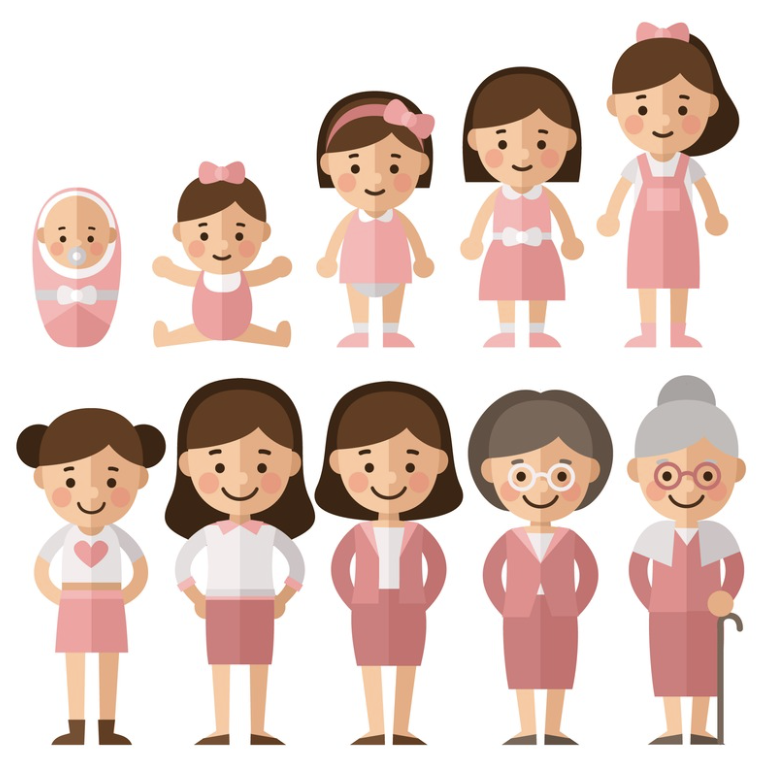Vietnam is facing a rapid demographic transition that will propel it, within the next ten years or so, into an advanced phase of population ageing. This phenomenon poses major economic, social and health challenges for Vietnamese society.

Vietnam: A rapid transition to aging
Vietnam is one of Asia’s most rapidly aging countries. There are currently 16.1 million elderly people in the country, representing 16% of the total population. By 2038, it will officially enter a phase of advanced ageing, marking a rapid transition compared to other nations.
Some regions are already heavily affected by this phenomenon, notably the Mekong Delta and the Red River Delta, with aging indices of 76.8% and 70.6% respectively.
Vietnam’s aging: economic and social consequences
The aging of the population poses multiple challenges for Vietnam:
- A shrinking active workforce: The reduction in the number of workers could slow economic growth and affect national productivity.
- Increased social and healthcare expenditure: the elderly often suffer from chronic illnesses requiring long-term treatment, putting a strain on the healthcare system and health insurance.
- Risk of intergenerational imbalance: an aging population and falling birth rate could increase pressure on younger generations to support the elderly.

As in many countries, Vietnam is facing the many challenges posed by an increasingly ageing population. It is therefore essential to review public policies in order to manage these changes as effectively as possible.
A falling birth rate
Another demographic challenge facing Vietnam is the falling birth rate. Over the past three years, it has fallen below the replacement level (2.1 children per woman), reaching 1.91 by 2024. This trend worries the authorities, who fear a natural population drawdown in the long term.
To counter this, policies to support parenthood have been introduced, notably in Ho Chi Minh City, with financial incentives to encourage families to have two children. However, these measures remain insufficient if they are not accompanied by a favorable environment in terms of education, housing and social security.
Aging in Vietnam: Towards a comprehensive demographic strategy
Faced with these challenges, the Vietnamese government has adopted a demographic strategy for 2030, aimed at :
- Maintain a replacement birth rate.
- Reduce the gender imbalance at birth.
- Improve the quality of life of the elderly and their access to care.

Currently, around 3.1 million elderly people in Vietnam receive a pension or monthly social insurance benefits. However, a large number of senior citizens remain without a pension, putting further pressure on the social protection system. It is therefore essential to create conditions that will encourage older people to work longer. This would support the country’s socio-economic development, while meeting the challenges posed by demographic ageing.
Challenges and opportunities for sustainable development in Vietnam

According to Associate Professor and Doctor Ta Minh Tuân, Vice President of the Vietnamese Academy of Social Sciences, the aging of the population represents not only a challenge, but also an opportunity. Senior citizens, thanks to their expertise, skills and resources, can play a key role in society by actively contributing to the economy of their families and communities.
At the same time, the adoption of technology and automation in industry can help offset potential labor shortages, improve productivity and ensure a better balance between staffing needs in the industrial and service sectors.
The Vietnamese Ministry of Health plays a key role in developing and implementing these policies. It is therefore essential to develop infrastructures adapted to ageing, notably by strengthening the primary healthcare system and supporting family carers.
The rapid ageing of Vietnam’s population is thus a major challenge requiring a comprehensive, coordinated approach. By implementing appropriate policies, encouraging the birth rate and improving healthcare services for the elderly, Vietnam can meet this challenge and ensure sustainable development for future generations.
Published by the Editorial Staff on
